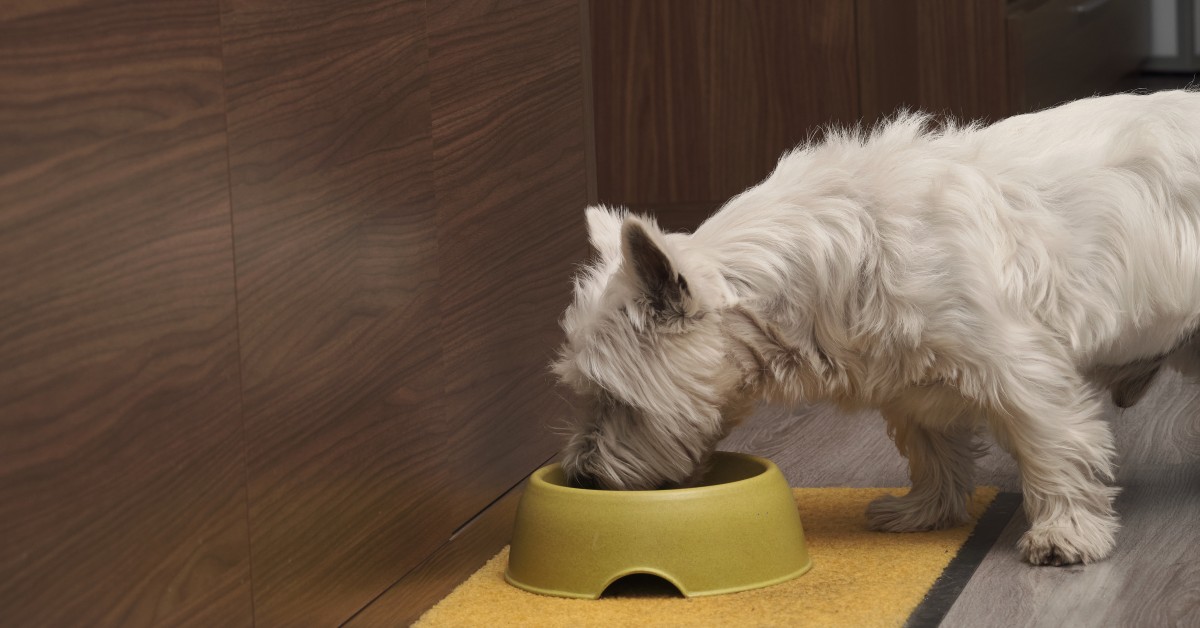Pet CPR for Cats and Dogs: Life-Saving Resuscitation
Performing pet CPR on your cat or dog in an emergency could save their life.

Learning pet first aid and CPR could literally save your pet’s life. CPR, or Cardiopulmonary Resuscitation, is an emergency technique that is performed when the heart stops beating. While you may have received training to perform CPR on other humans, performing this procedure on a cat or dog requires a different approach. Learn more about pet CPR and how to perform life-saving resuscitation on a cat or dog.
What Is Dog and Cat CPR?
Similar to human CPR, pet CPR is a procedure that uses chest compressions and artificial respirations to help revive a cat or dog that has stopped breathing or does not have a heartbeat.
Just like when a human heart stops beating, oxygen levels in the blood start to plummet. Without adequate oxygen, vital organs like the liver and kidneys can fail. If respiratory failure takes place, the animal could suffer brain damage. All of these things can happen in a matter of minutes, so it’s important to act quickly when your dog or cat is in danger.
When Do Pets Need CPR?
It may not always be obvious that your pet needs CPR. They may appear to merely be sleeping or otherwise unresponsive. There are three main things to look for to determine if your cat or dog is in need of CPR:
- Unconsciousness: A pet may be unconscious if he does not react to touch or stimuli or will not wake when you call his name or gently move his body.
- Not Breathing: Monitor your pet’s breathing by observing his chest movements. A pet may require CPR if they are no longer breathing on their own.
- No Pulse: The final thing to look for when determining if a pet needs CPR is a lack of a pulse. In cats and dogs, the pulse can be found where the femoral artery is on the inner thigh. If there is no rhythmic pulse, your pet may need CPR.
Pet CPR: Step-by-Step
There are six main steps involved in CPR for dogs and cats. The main difference between how you would perform CPR on a person versus a pet is anatomical. Here are the basic steps involved in pet CPR:
1. Check for Responsiveness
Start by determining if your pet is responsive. Call them by their name and gently tap on the animal to see if you get a response or movement.
2. Check the Airway
Some pets may appear unconscious but will still have a heartbeat. If this is the case for your pet, carefully open their mouth and check the airway for any foreign objects or other obstructions. If you discover anything in the airway, attempt to remove it.
3. Check Pulse and Breathing
You can check for a pulse on your cat or dog on the animal’s inner thigh near the groin area. Also, look carefully at the chest for movements and listen for breathing sounds. If it appears that your pet has no pulse and is not breathing, move on to the next step.
4. Perform Chest Compressions
Chest compressions can differ depending on whether you have a dog or cat. For dogs, place both of your hands on the widest part of their chest and press to approximately one-third to one-half the depth of the animal’s chest before releasing. If you have a cat, use just one hand to compress the chest.
5. Provide Artificial Respiration
In both dogs and cats, artificial respiration is provided by performing a series of rescue breaths. If you’re performing CPR on a pet, close the animal’s mouth and breathe into its nostrils until the chest rises.
6. Repeat the Cycle
To continue performing CPR on a pet, repeat a cycle of 30 chest compressions then two rescue breaths. Continue until the animal starts to breathe on their own or you can take your pet to a local pet hospital. Even if you are able to revive your pet, it’s vital to have them evaluated by a veterinarian as soon as possible.
Pet CPR Certification
If you own pets, you may benefit from getting pet CPR and first aid certification. With this type of certification, dog and cat owners are better equipped to identify a variety of pet-related health issues and administer life-saving techniques in emergency situations.
Some common topics that pet owners learn about when getting pet CPR and first aid certification include:
- Preventive care
- Animal vital signs
- Cardiac emergencies
- Poison identification
- Respiratory conditions
- Wound treatment
To receive CPR certification, you’ll need to look for pet CPR training programs in your area. Many accredited organizations, such as the American Red Cross, offer these programs at locations around the country.. Once you’ve found a program near you, complete the online forms or paperwork to enroll.
Depending on the organization and the program in which you enroll, you may be required to renew your pet CPR and first aid certification every few years. Be sure to carefully read through all course materials to determine if you’ll need to update your certification in the future.
Prepare for the Unexpected with Pet CPR
While no one expects to need to know how to perform pet CPR, the occasion could arise. Knowing how to perform this life-saving technique can be a blessing for your entire family. When an unfortunate accident does occur, you’ll be prepared to act fast and hopefully see positive results from your efforts.
Ready to start saving money on pet wellness care?
Then take a look at Mint Wellness, the pet wellness plan that provides fast reimbursement on routine pet care. Save on vaccinations, wellness exams, preventatives, dental, and more!
Learn More


